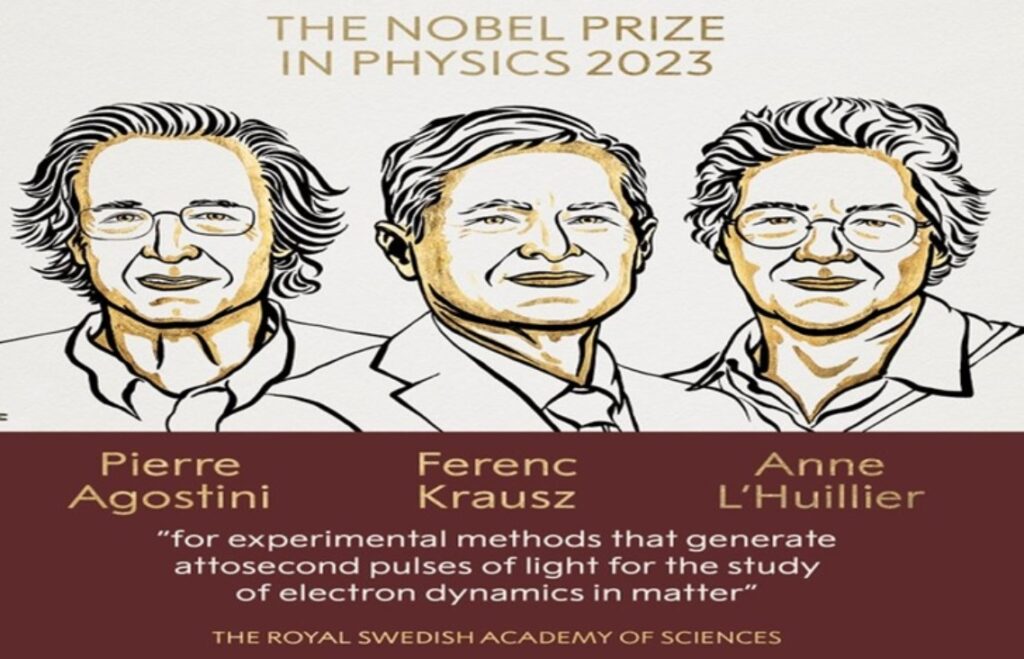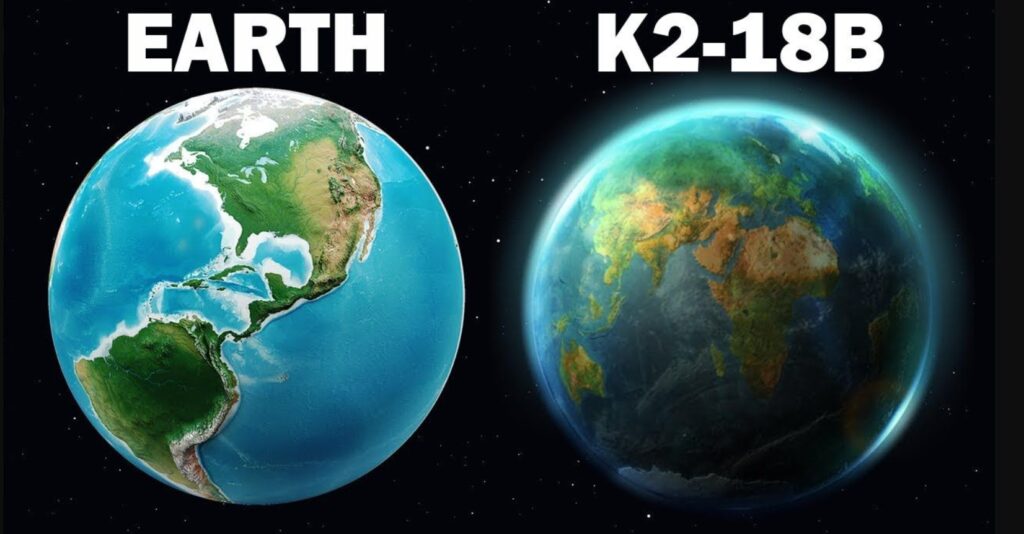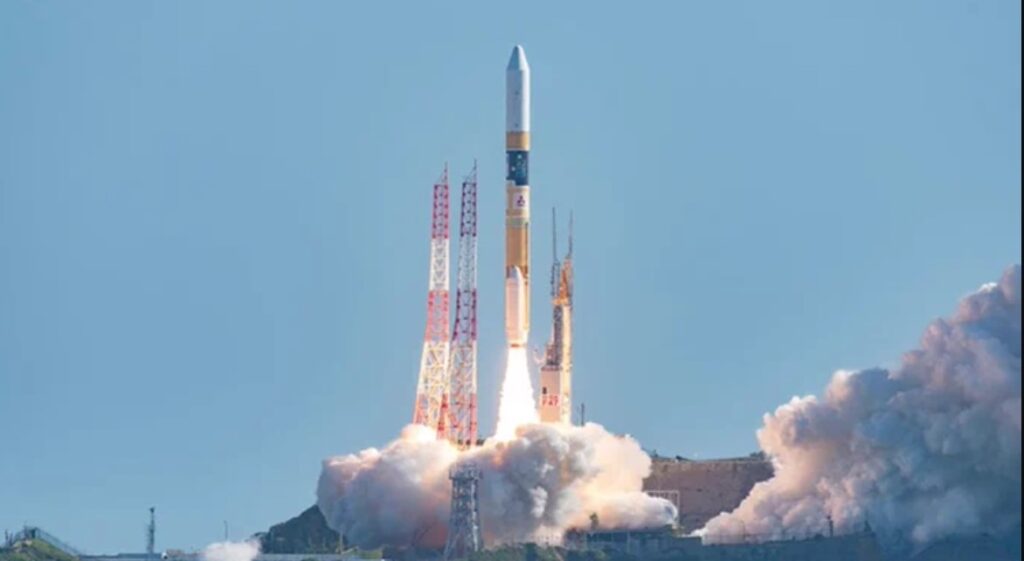Nobel Prize 2023 in Physics to Pierre Agostini, Ferenc Krausz and Anne L’Huillier
The 2023 Physics Nobel Prize was awarded by the Royal Swedish Academy of Sciences to Pierre Agostini, Ferenc Krausz, and Anne L’Huillier.
- They were recognized for their experimental methods that generate attosecond pulses of light for studying electron dynamics in matter.
- Their experiments have provided new tools for exploring the behavior of electrons inside atoms and molecules.
- Their work enables the measurement of rapid electron processes that were previously impossible to observe.
- Ferenc Krausz is a German physicist, Anne L’Huillier is from Sweden, and Pierre Agostini is an American.
- The Nobel Prize in Physics is awarded annually by the Royal Swedish Academy of Sciences to individuals who have made exceptional contributions to the field of physics, benefiting humankind.
MCQs
Q.: Who were awarded the 2023 Physics Nobel Prize for their experimental methods involving attosecond pulses of light?
a) Albert Einstein, Marie Curie, and Niels Bohr
b) Pierre Agostini, Ferenc Krausz, and Anne L’Huillier
c) Max Planck, Werner Heisenberg, and Richard Feynman
d) Stephen Hawking, Carl Sagan, and Richard Dawkins
Answer: b) Pierre Agostini, Ferenc Krausz, and Anne L’Huillier
Nobel Prize 2023 in Physics to Pierre Agostini, Ferenc Krausz and Anne L’Huillier Read More »










